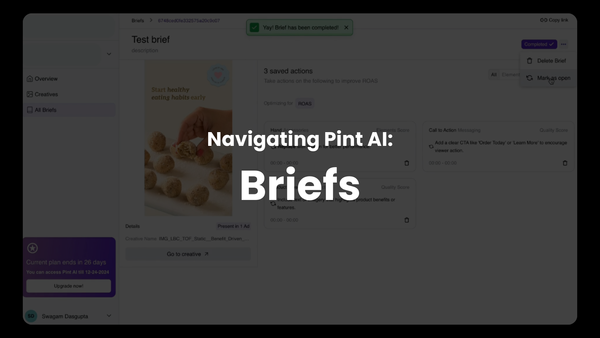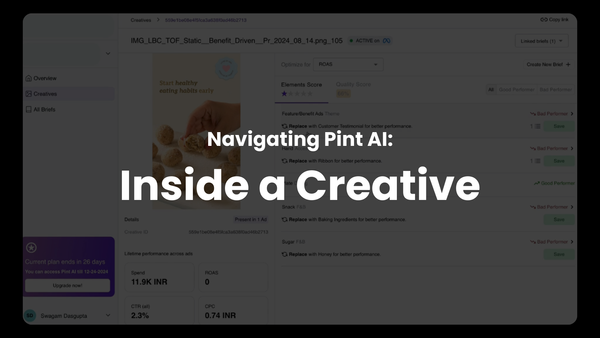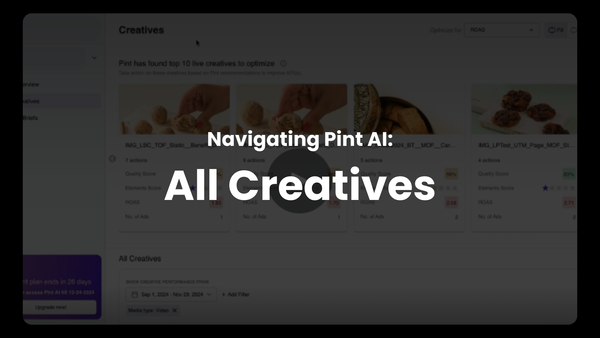Marketing Attribution Made Simple: Part 2
Marketing attribution comes with its own share of problems. Here's a quick look at these problems and efforts that can be made to minimize their impact

Marketing attribution is essential for understanding the effectiveness of various marketing efforts in driving conversions. It involves assigning credit to different touchpoints that a customer interacts with before making a purchase. We covered this in detail in part 1 of this series.
However, this process is fraught with challenges that can impact the accuracy and reliability of attribution models. In this blog post, we will explore the key problems faced in marketing attribution and discuss potential solutions to these challenges.
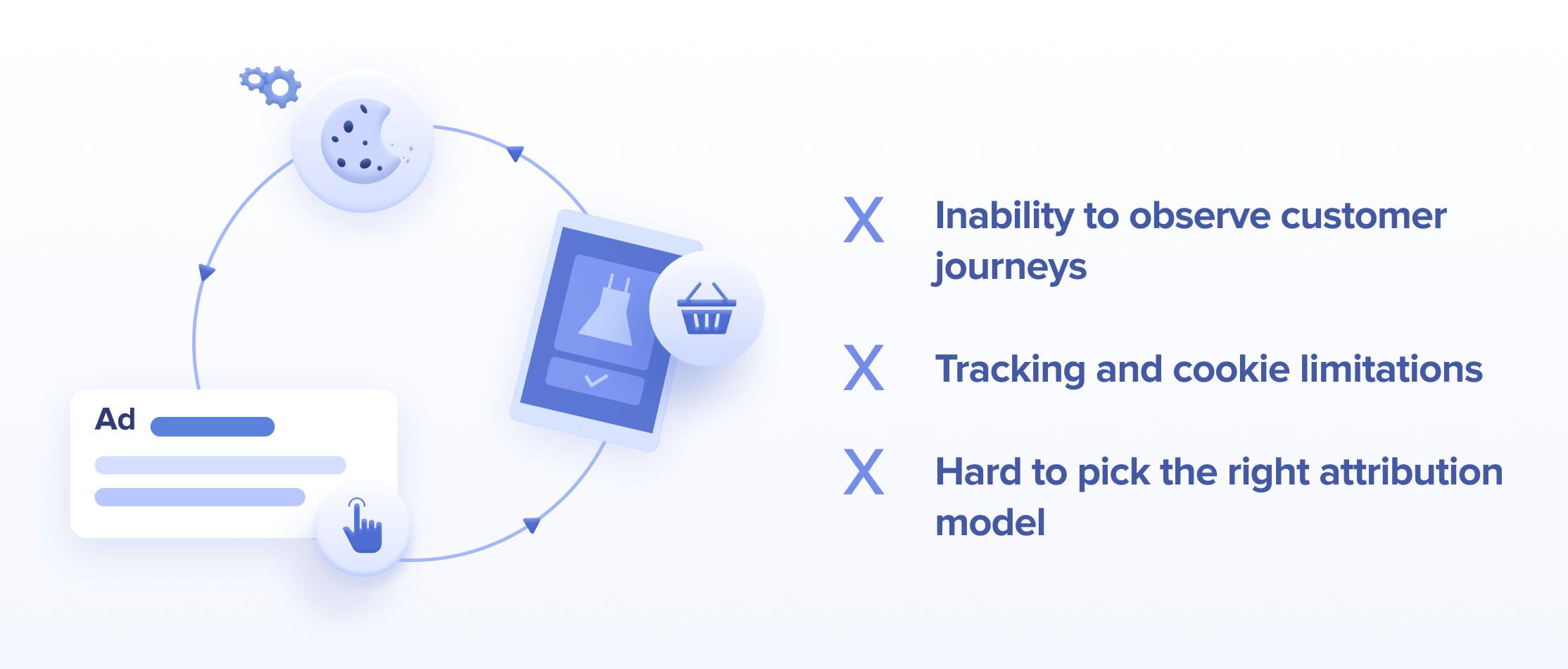
Cross-Device and Cross-Browser Tracking
Problem
Consumers often switch between devices and browsers throughout their purchase journey. For instance, a user might see an ad on their smartphone but complete the purchase on a laptop.
Traditional attribution models struggle to link these interactions, treating them as separate sessions rather than a continuous journey. This fragmentation leads to inaccurate attribution of conversions, making it difficult for marketers to get a complete view of the customer journey.
Example
Imagine a user sees a Facebook ad for a new product on their smartphone while commuting. Later that evening, they research the product on their tablet, and the next day, they complete the purchase on their desktop.
Each of these interactions plays a crucial role in the conversion process, but traditional attribution models might only credit the final touchpoint—the desktop purchase—ignoring the significant influence of the initial ad and the subsequent research.
Solution
To address this, marketers can implement cross-device tracking solutions that use unique identifiers to link interactions across different devices and browsers. Additionally, advanced attribution models that account for multi-device journeys can provide a more accurate representation of the customer journey. By integrating these solutions, marketers can better understand the entire path to conversion and allocate resources more effectively.
Privacy and Tracking Restrictions
Problem
Increasing privacy regulations and tracking limitations, such as Apple's Intelligent Tracking Prevention (ITP) and restrictions on third-party cookies by browsers, make it difficult to collect comprehensive user data.
These measures protect user privacy but hinder the ability to track user behavior across different touchpoints, leading to incomplete data and inaccurate attribution models.
Example
Apple's ITP, introduced in Safari, limits the lifespan of first-party cookies and blocks third-party cookies altogether.
This means that user interactions tracked through cookies may expire before a conversion occurs, resulting in lost data and an incomplete understanding of the customer journey.
Solution
To navigate these restrictions, marketers can leverage first-party data and privacy-compliant tracking methods. Server-side tracking, where data is collected and processed on the server rather than the user's device, can also help mitigate the impact of browser-based tracking limitations. By adopting these approaches, marketers can continue to gather valuable insights while respecting user privacy.
Choosing the Right Attribution Model
Problem
There are multiple attribution models available, such as single-touch (first-touch and last-touch), multi-touch (linear, time decay, position-based), and data-driven models.
Each model has its strengths and weaknesses, and choosing the right one is complex. An inaccurate or inappropriate model can lead to misinformed decisions and misallocation of marketing budgets.
Example
A marketer using a last-touch attribution model might overlook the significant influence of top-of-the-funnel activities like brand awareness campaigns. Conversely, a first-touch model might ignore the crucial role of closing efforts, such as retargeting ads, in driving conversions. The cartoon below encapsulates this well:
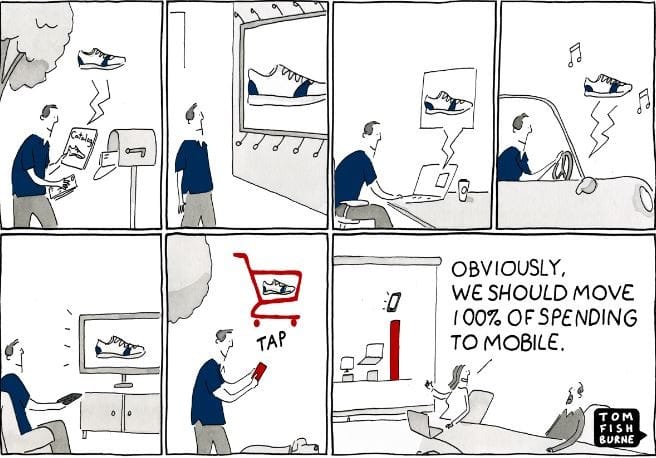
Solution
To address this challenge, marketers should consider their specific goals and the nature of their customer journeys when selecting an attribution model. Testing different models and comparing the insights they provide can help identify the most appropriate approach. Additionally, data-driven models that use machine learning to analyze the actual performance data of touchpoints can offer a more accurate and tailored view of what drives conversions.
Data Accuracy and Transparency
Problem
Attribution relies on accurate data collection, but issues such as click fraud, bot traffic, and opaque algorithms (where the attribution process lacks transparency) can distort results.
This lack of clarity undermines trust in the data and the insights derived from attribution models.
Example
A marketer might rely on an attribution tool that operates as a "black box," providing little insight into how data is processed and how credit is assigned to different touchpoints.
This opacity makes it difficult to verify the accuracy of the attribution results and to justify marketing spend to stakeholders.
Solution
Marketers should prioritize using attribution tools and technologies that offer transparency and allow for customization. Ensuring that the data sources are reliable and implementing measures to detect and prevent fraud can also enhance data accuracy. By fostering a culture of transparency and rigorous data validation, marketers can build trust in their attribution models.
Correlation vs. Causation
Problem
Many attribution models focus on correlation rather than causation, leading to incorrect assumptions about which marketing activities drive conversions.
This reliance on correlation can misinterpret the true impact of different touchpoints and result in misguided strategic decisions.
Example
A spike in sales following a social media campaign might lead a marketer to attribute the increase directly to the campaign, without considering other potential factors such as seasonal trends, concurrent marketing efforts, or broader economic conditions.
Solution
To overcome this limitation, marketers should incorporate causation-based approaches in their attribution models. Techniques such as randomized controlled trials and incrementality testing can help validate causal relationships and provide a more accurate understanding of what drives conversions.
By focusing on causation rather than just correlation, marketers can make more informed decisions.
Inadequate Attribution Across Channels
Problem
Consumers interact with brands across multiple channels (e.g., social media, email, search engines, direct website visits).
Many traditional attribution models fail to capture the full scope of these interactions, leading to an incomplete understanding of how different channels contribute to the customer journey.
Example
A user might first learn about a product through a social media ad, sign up for an email newsletter, and finally make a purchase after clicking on a search ad.
Traditional models might only credit the final touchpoint, overlooking the significant influence of the social media ad and email newsletter.
Solution
To address this, marketers should implement multi-touch attribution models that account for interactions across various channels. Unified marketing measurement (UMM) approaches that blend multiple methodologies, such as marketing mix modeling (MMM) and multi-touch attribution, can provide a comprehensive view of marketing effectiveness.
By integrating online and offline data, marketers can gain a more accurate understanding of the entire customer journey.
Incomplete Data Due to Cookie Limitations
Problem
Attribution models often rely on cookies to track user interactions. With the growing restrictions on cookie usage and shorter cookie lifespans, the data collected is often incomplete, leading to inaccuracies in attribution models.
Example
Browsers like Safari and Firefox limit the lifespan of first-party cookies to 7-30 days, which can result in lost data for long purchase cycles. As cookies expire, the ability to track user interactions diminishes, leading to an incomplete picture of the customer journey.

Solution
Marketers should explore alternative tracking methods that do not rely on cookies, such as server-side tracking and leveraging first-party data. Implementing these methods can help maintain data continuity and accuracy despite cookie limitations. Additionally, investing in technologies that comply with privacy regulations while providing robust tracking capabilities can enhance attribution efforts.
Conclusion
Understanding the challenges faced in marketing attribution is crucial for optimizing marketing strategies and making informed decisions.
By addressing issues such as cross-device tracking, privacy restrictions, model selection, data accuracy, correlation vs. causation, multi-channel attribution, and cookie limitations, marketers can enhance the reliability of their attribution models. Implementing advanced solutions and alternative approaches will enable marketers to gain deeper insights into their marketing efforts and drive better results.


